Graphic
Janette Ng Rare
-
Tauira / Student
Janette Ng -
Kaiako / Lecturers
Katie Kerr, Tatiana Tavares
-
School
AUT Art + Design 2025
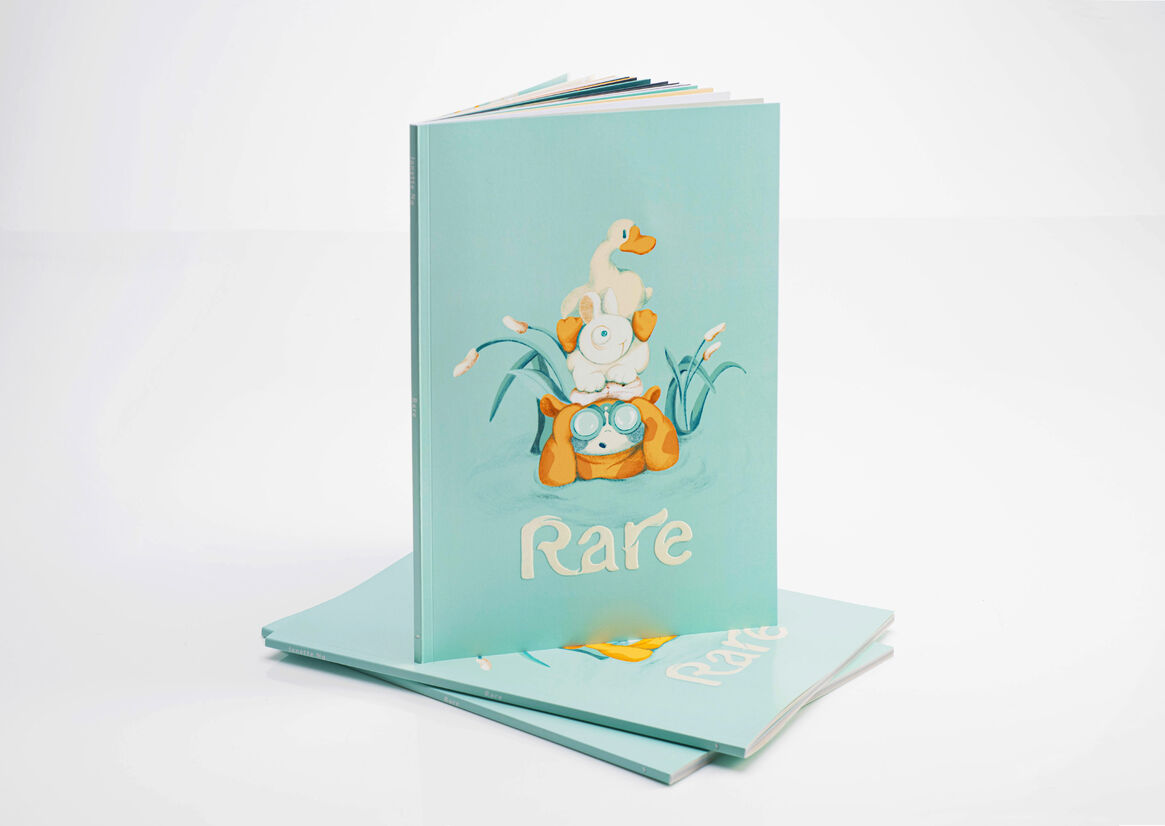
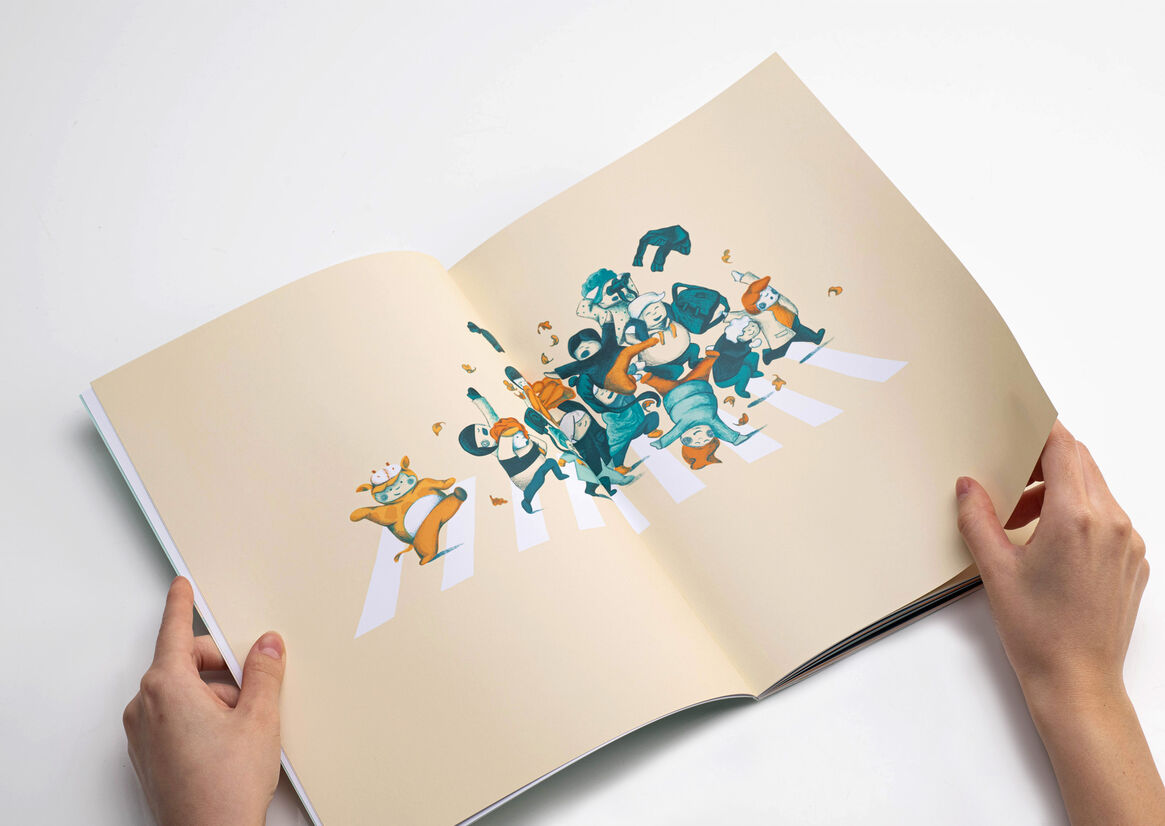
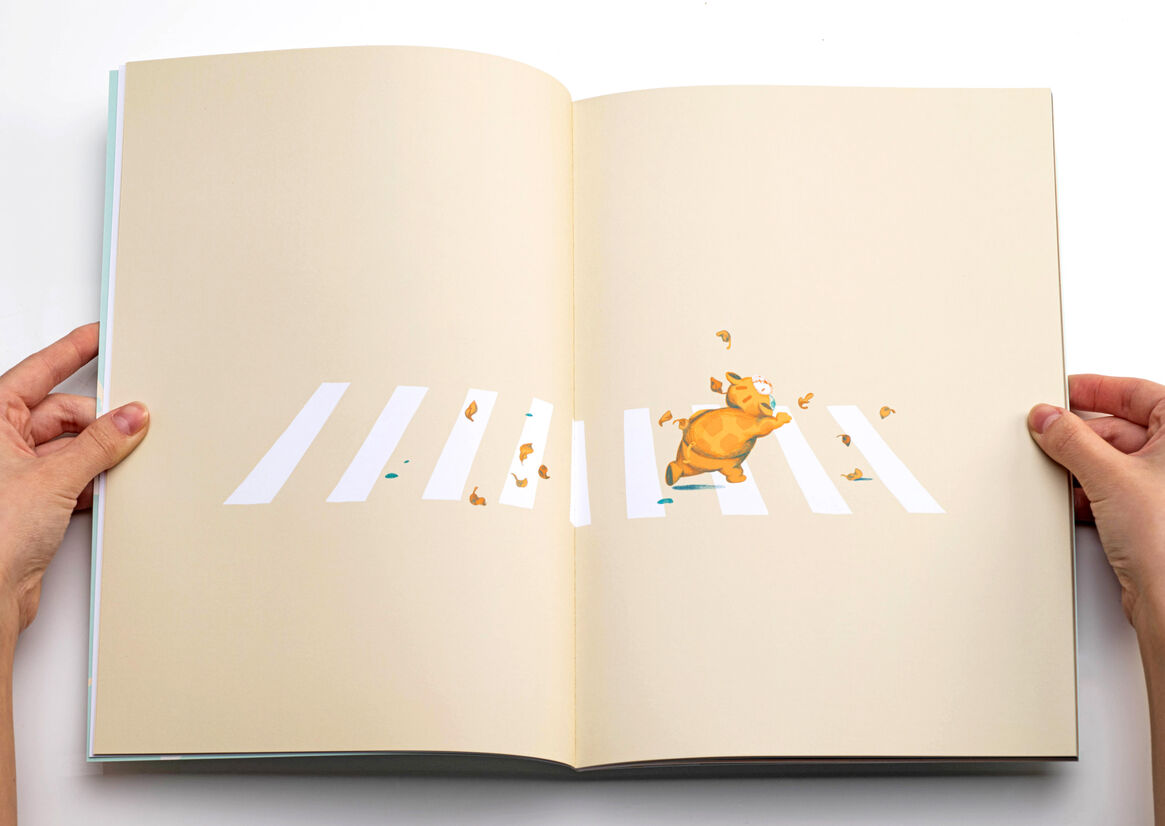
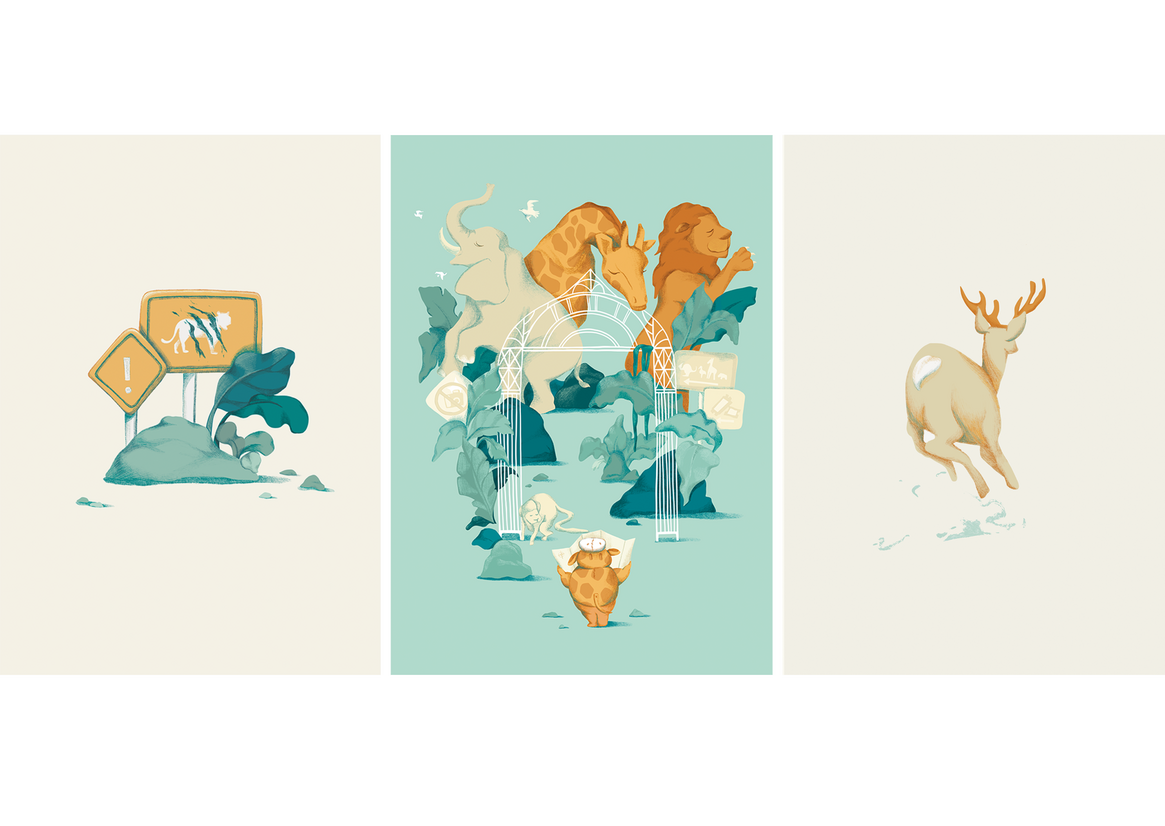
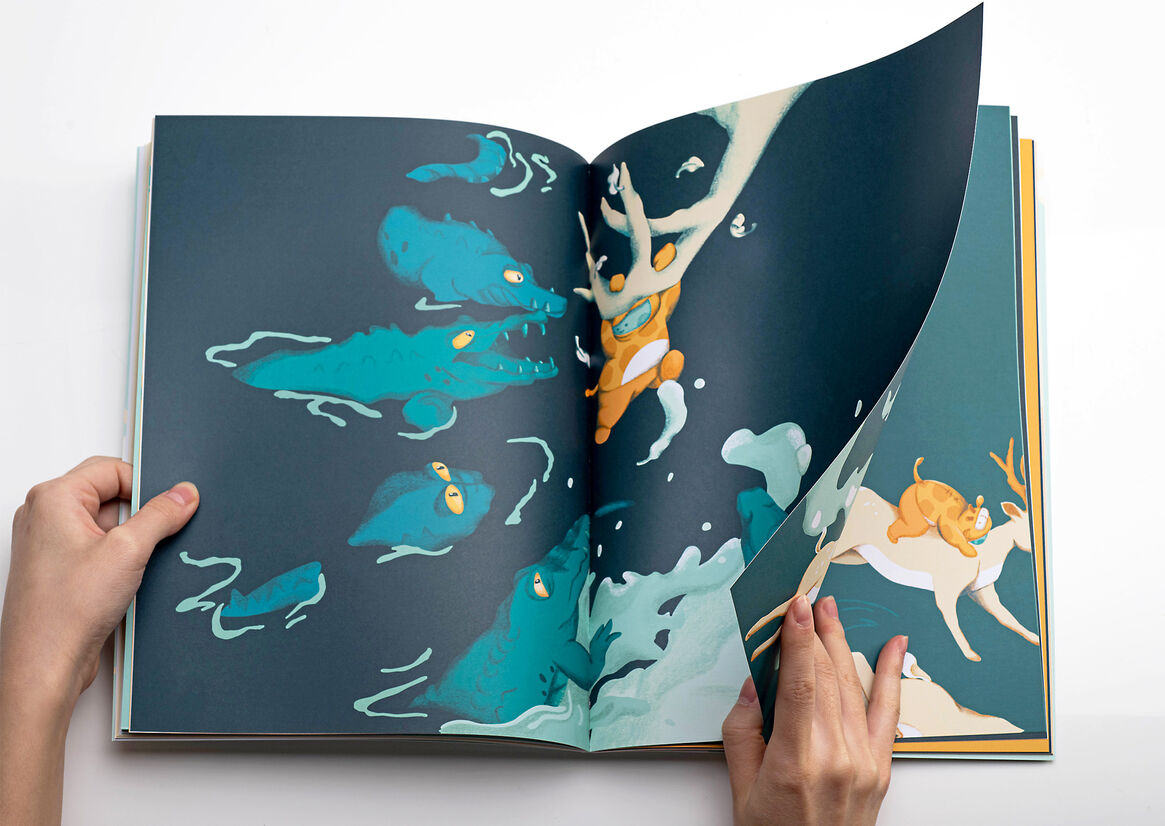
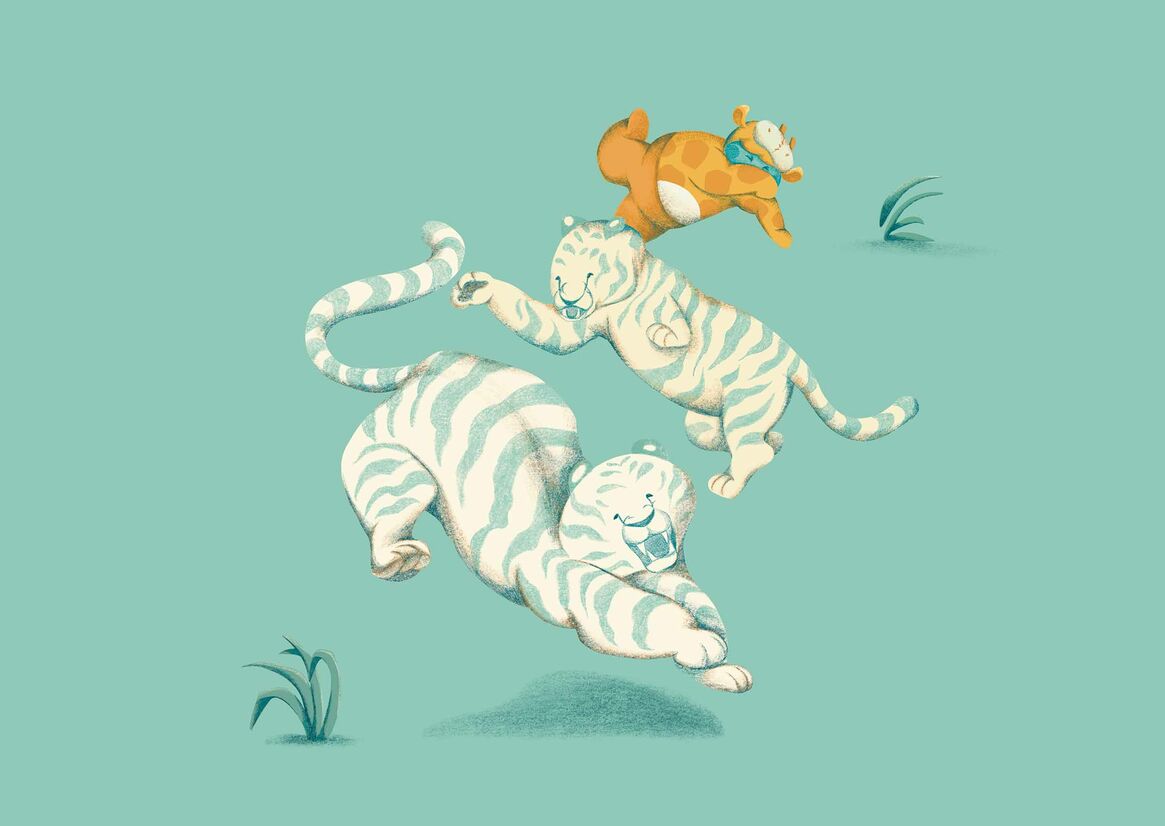
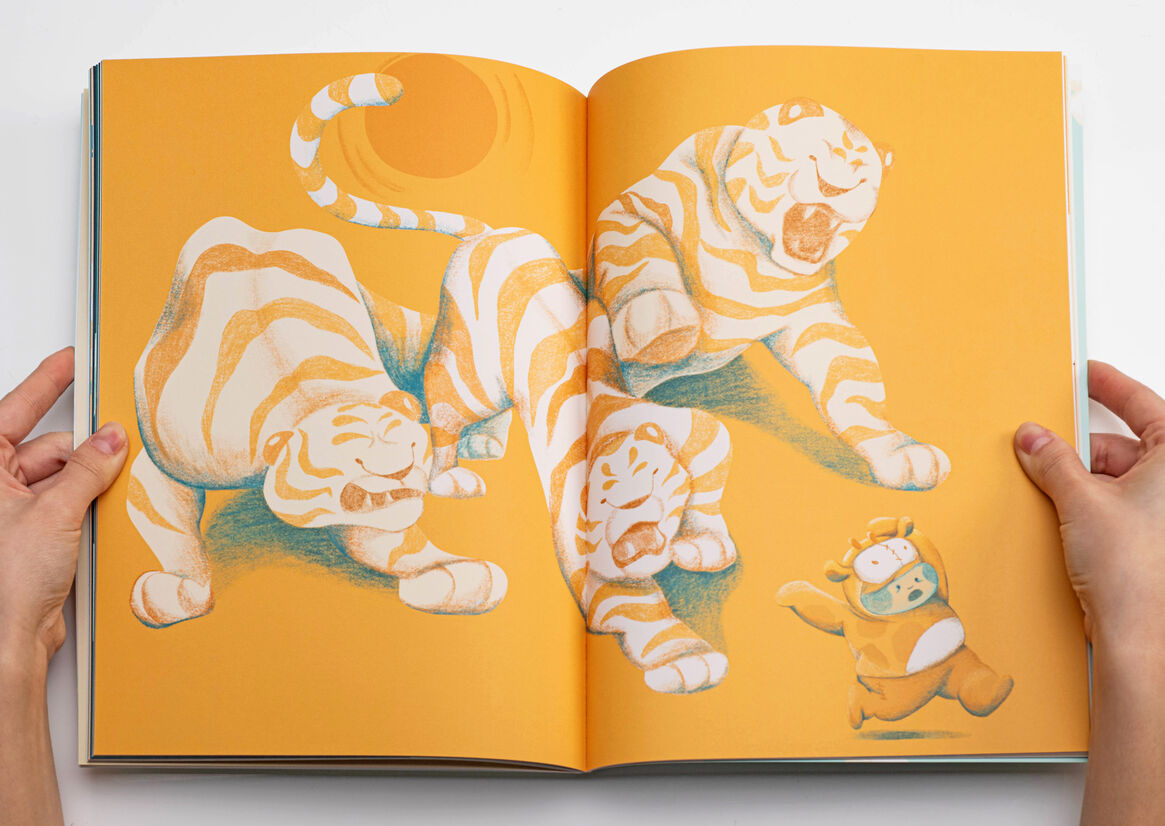
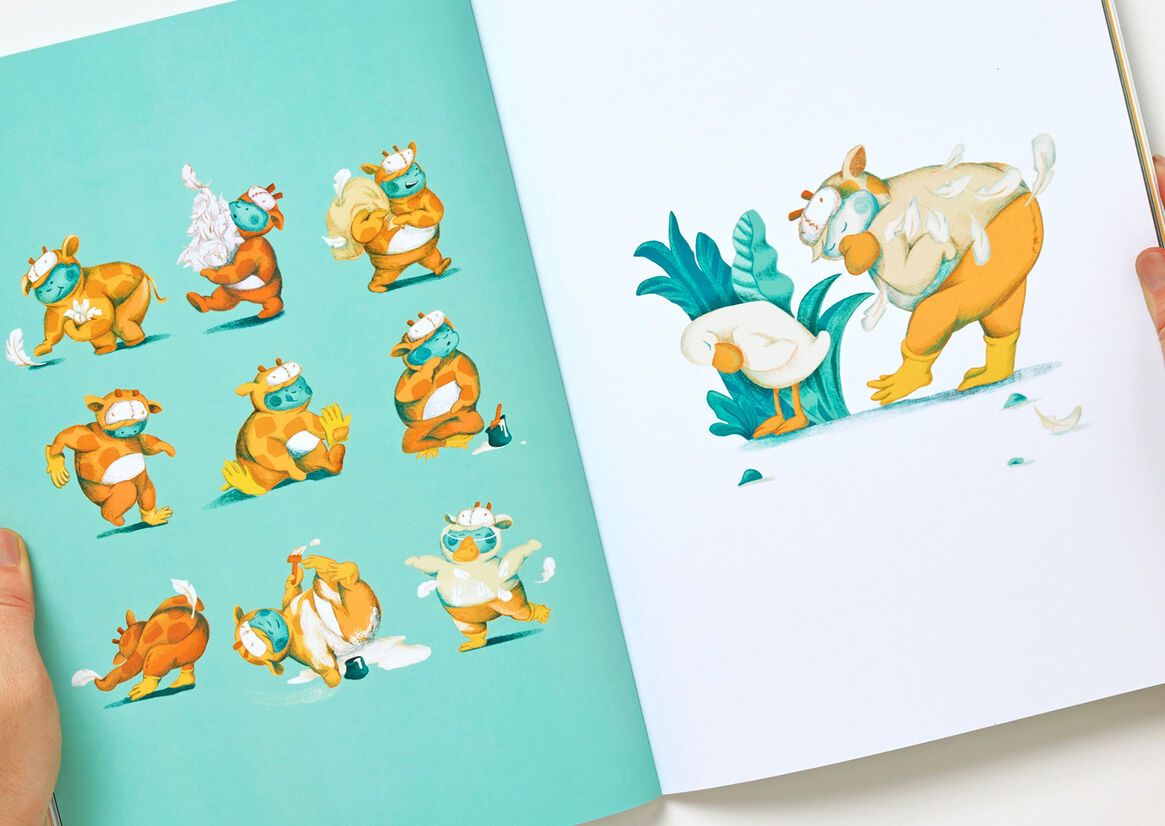
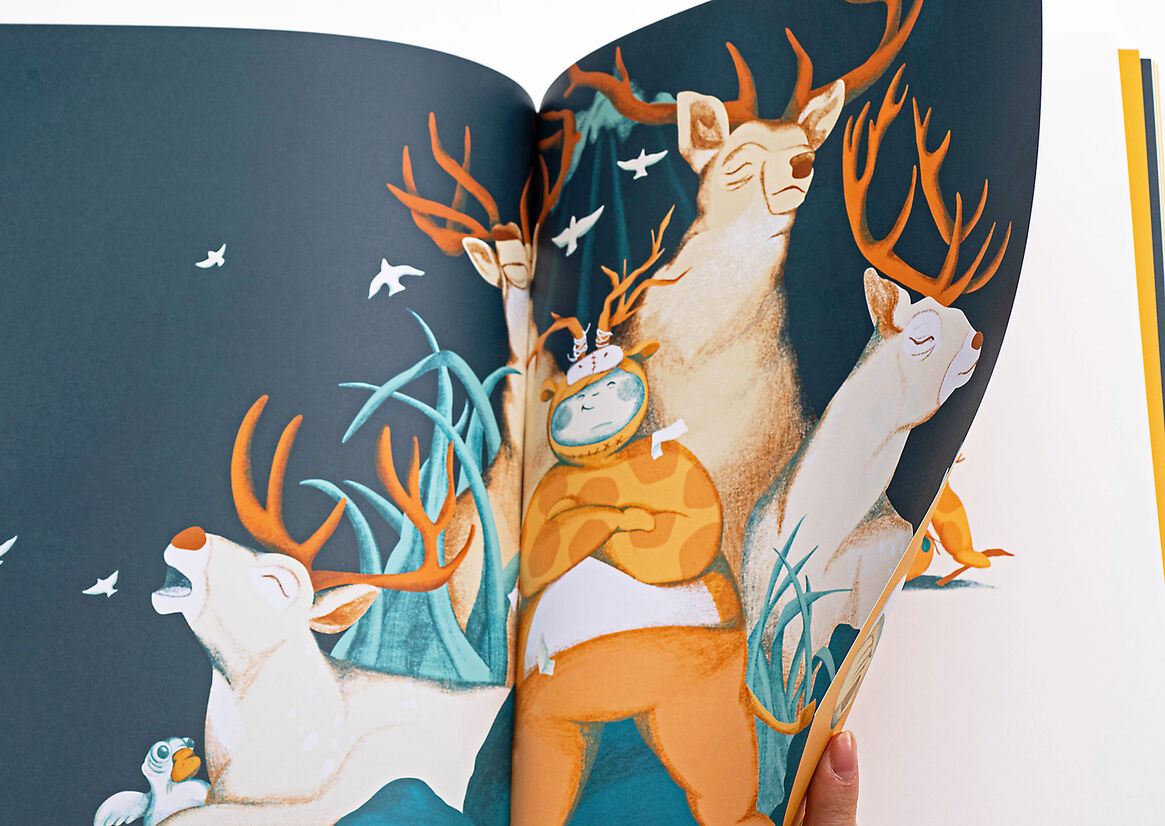
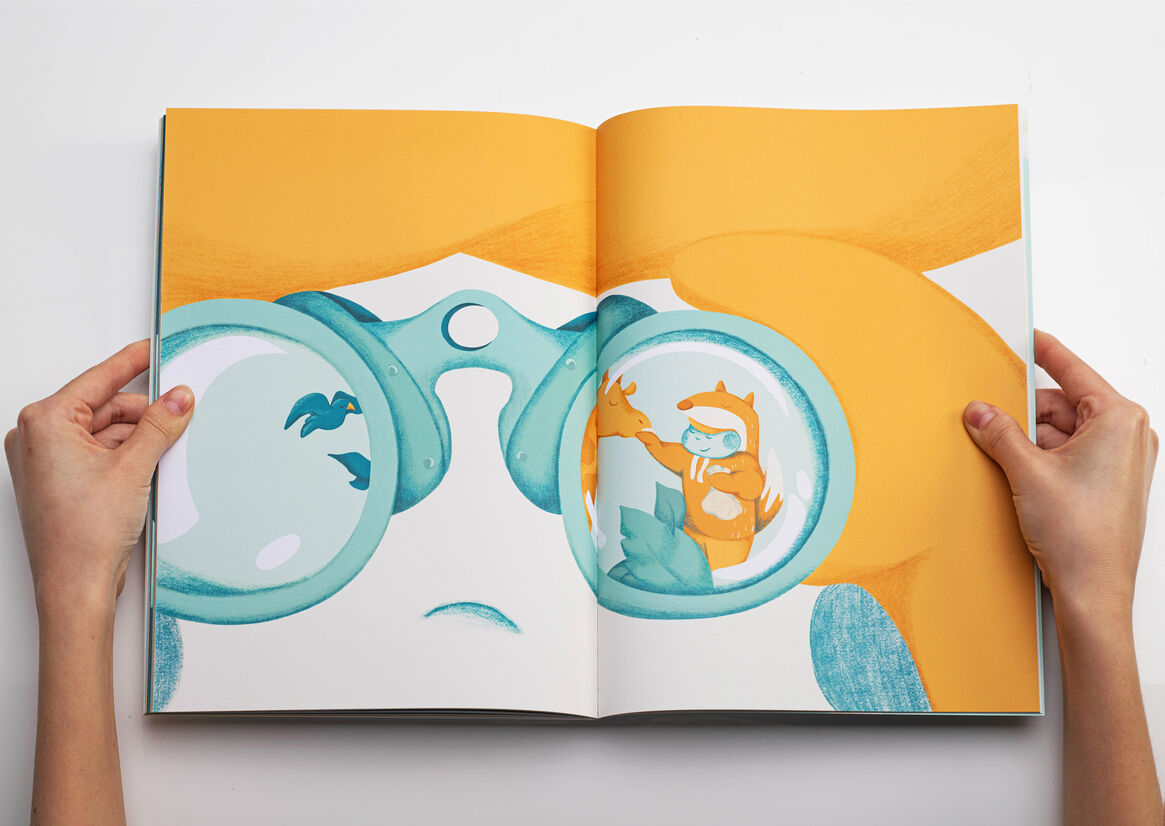
Description:
“Rare” is a story about a young giraffe fanatic, who is enthusiastic about their trip to a wildlife park. Just when it looks like their attempt to find a group of playmates falls flat, they discover a companion well worth the trouble!
The story encourages young readers’ unique interpretation of wordless texts. The pedagogical value of the narrative lies in giving voice to social and political issues and engaging in discussions about complex topics, such as bullying. Through subverting the cautionary western nineteenth-century fairy tales—that many of us grew up with—the publication replaces fear-driven morals with that of a courageous nature.
“Rare” aims to promote diversity in learning styles within children’s literature and creates opportunities for second-language learners. The publication endorses the importance of visual literacy and oral tradition, challenging the idea of uniform teaching tools for children.
Image-based narratives have a plethora of other benefits for children of all ages. Some of these include developing self-expression and the ability to draw on personal experiences, as well as increasing sensitivity towards diverse perspectives and cultures.
The world of the narrative has an air of ambiguity in regards to things like gender and race, leaving room for any child to step into the shoes of the protagonist. It depicts a protagonist who learns not to conform to the status quo. Themes surrounding self-image, social exclusion, identity, belonging and companionship are also explored.
An array of visual clues has been left throughout the publication to help the reader along on the journey. A few examples include the compass which is symbolic of finding your way, ducks which represent flock mentality, and the fence which symbolises the divide between animal families or social groupings. Small visual metaphors also solidify themes such as signage, binoculars and maps - to name a few! A limited colour palette was used to help readers visually decode the narrative, while the negative space was utilised to highlight or recede subjects.
The nature of the storybook demands the reader to use closure whilst decoding the story, in comparison to interpreting a traditional picture book. It is the gaps in-between each change of scene, that the reader must fill in for themselves. Because each interpretation is so unique, the emotional investment shown from those that read the book is exciting to witness (both the giggles and the heartbreak).
Judge's comments:
Such timeless, charming & original illustrations with a nice sense of joy.